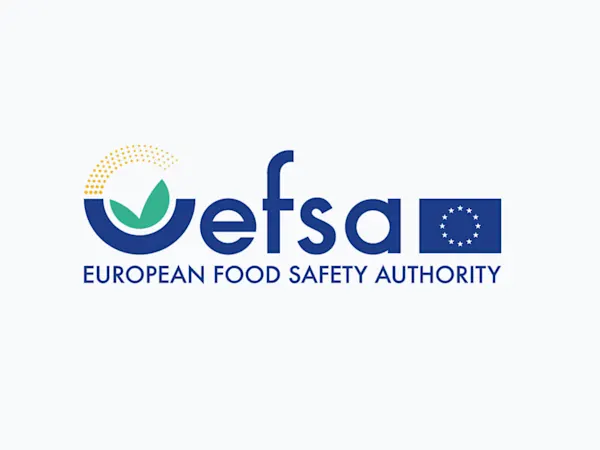
EU Ministers Press Commission on Delayed REACH Revision Amid Industry and Environmental Demands
EU Member States urge the Commission to accelerate the REACH revision, citing urgent health, environmental, and industry competitiveness needs.


The Danish Environmental Protection Agency (DEPA) recently completed a thorough evaluation of the Oligomerisation and alkylation reaction products of 2-phenylpropene and phenol (OAPP), a substance used in various industrial applications. This assessment, part of the EU's REACH regulation aimed at ensuring chemical safety, addressed concerns regarding the substance’s environmental and human health impacts.
The evaluation focused on the potential PBT/vPvB properties (Persistence, Bioaccumulation, and Toxicity/very Persistent and very Bioaccumulative) of OAPP, alongside its endocrine-disrupting potential both in the environment and for human health. The findings confirmed that certain components of OAPP meet the criteria for being considered as very persistent and very bioaccumulative (vPvB). However, the concerns related to endocrine disruption in human health were not substantiated by the available data, leading to a conclusion that no regulatory follow-up is required at the EU level for these concerns.
Based on the vPvB findings, DEPA has recommended that OAPP be identified as a Substance of Very High Concern (SVHC), which may lead to its inclusion in the EU's Authorization List. This classification prompts a need for industry users to seek permission before using the substance, aiming to phase out its usage unless specifically authorized under strict conditions.
The DEPA suggests further regulatory measures to mitigate the environmental risks posed by OAPP, particularly due to its confirmed endocrine-disrupting effects in the environment. The exact regulatory path—whether through SVHC identification or other means—will be determined after additional analyses and consultations within the EU framework.
The substance is widely used across various industrial and consumer applications. It is a key ingredient in the manufacture of polymers, adhesives, sealants, coatings, fillers, putties, plasters, modeling clay, and inks and toners. These uses span across diverse sectors including building and construction, the automotive industry, furniture manufacturing, and the production of electrical and optical equipment. OAPP is also found in long-life consumer products such as flooring, toys, furniture, and paper products, emphasizing its role in providing durability and stability in these materials.
Companies using OAPP will need to monitor the regulatory developments closely and prepare for potential restrictions. This might include seeking alternatives to OAPP or adjusting formulations to mitigate its environmental impact.
Foresight continuously tracks 1000s of sources and maps updates to your portfolio:




EU Member States urge the Commission to accelerate the REACH revision, citing urgent health, environmental, and industry competitiveness needs.

The EU has classified DBDPE as a substance of very high concern (SVHC) due to vPvB properties, affecting manufacturers and downstream users of flame retardants.

EFSA launches consultation on updating its Weight of Evidence and Biological Relevance guidance, aiming to streamline chemical risk assessment practices.
Subscribe to Foresight Weekly and get the latest insights on regulatory changes affecting chemical compliance.
Free forever. Unsubscribe anytime.
Read by professionals at